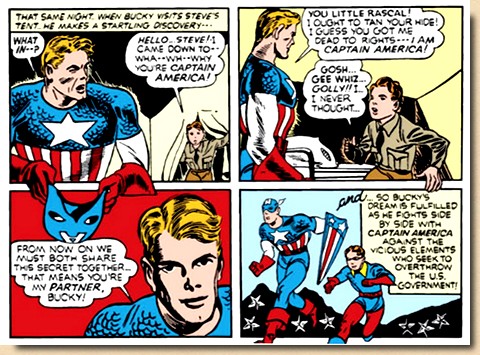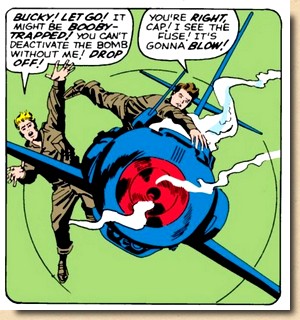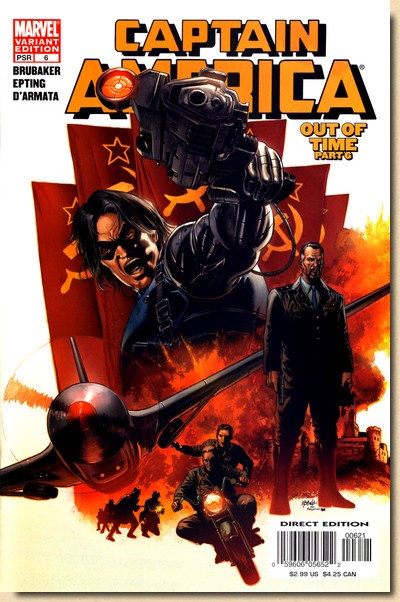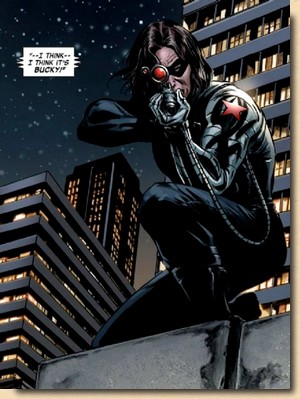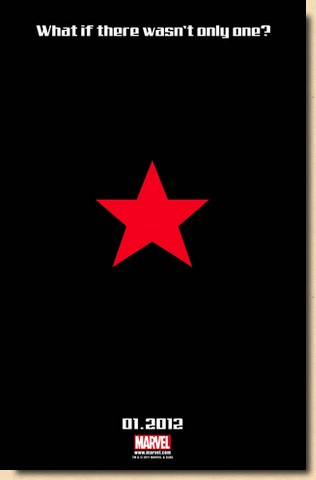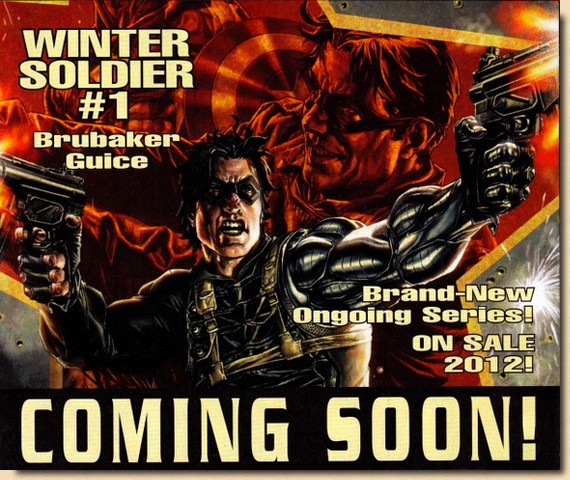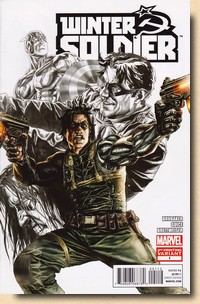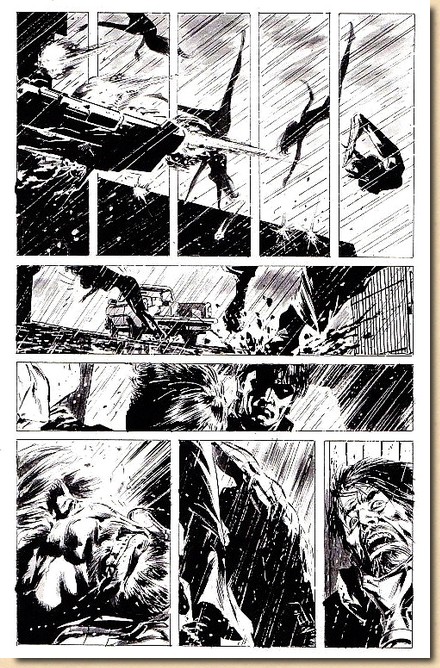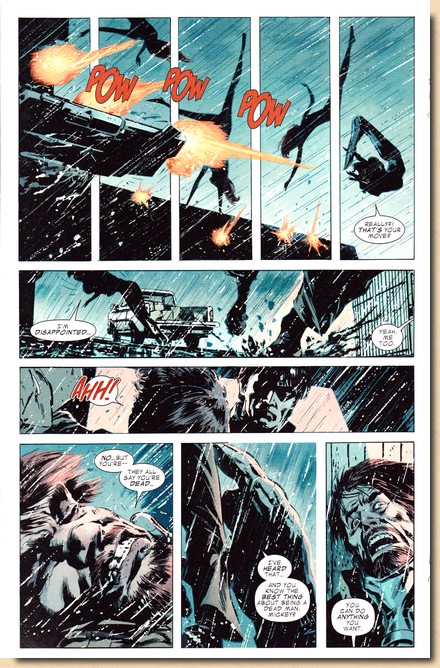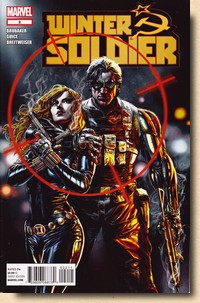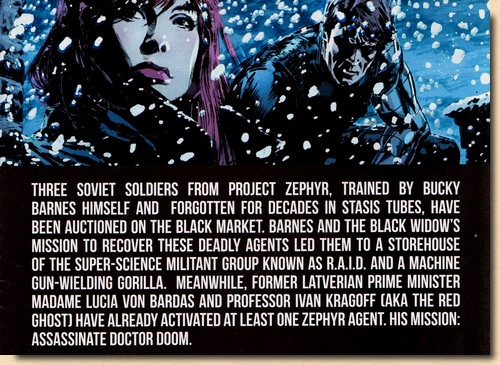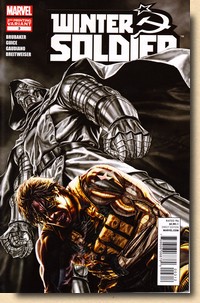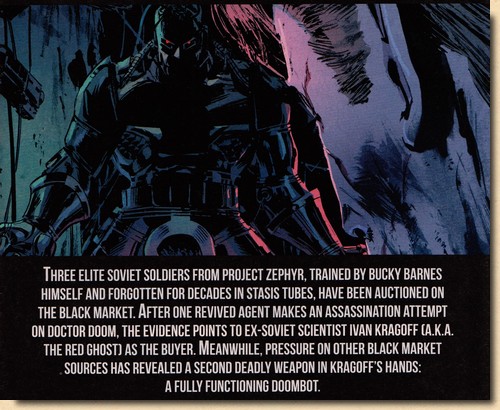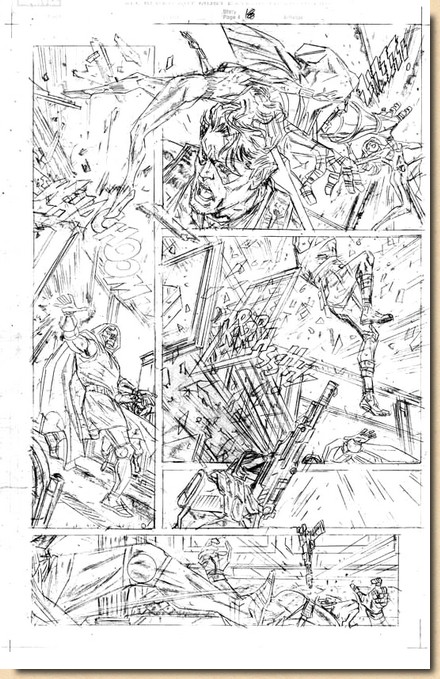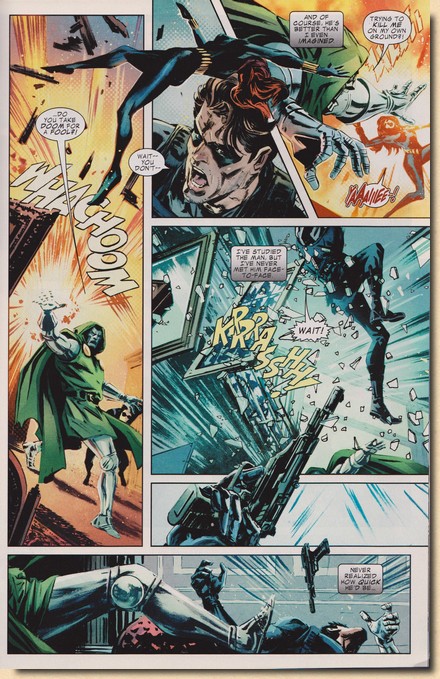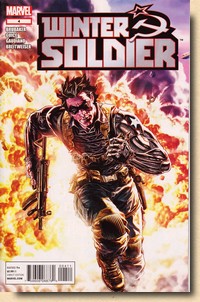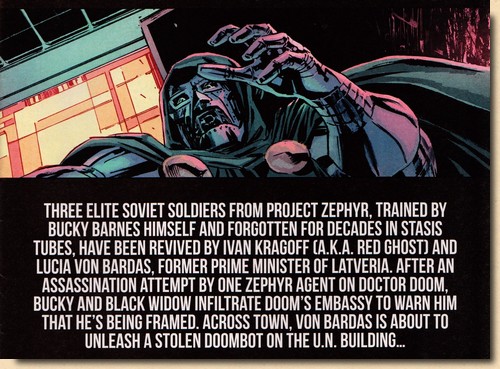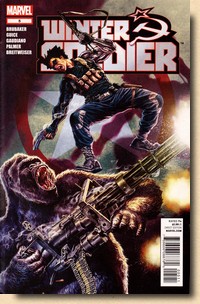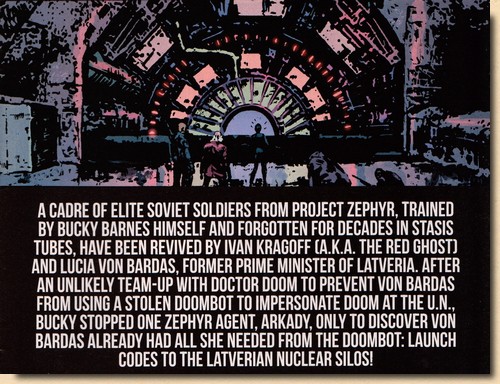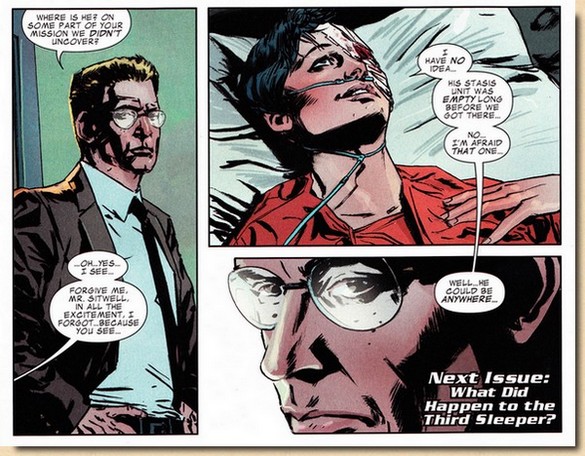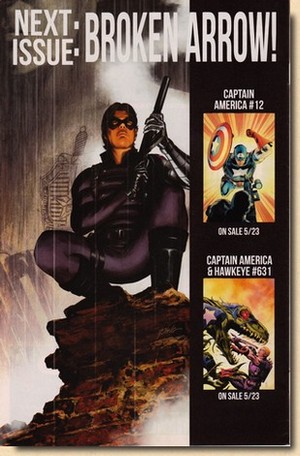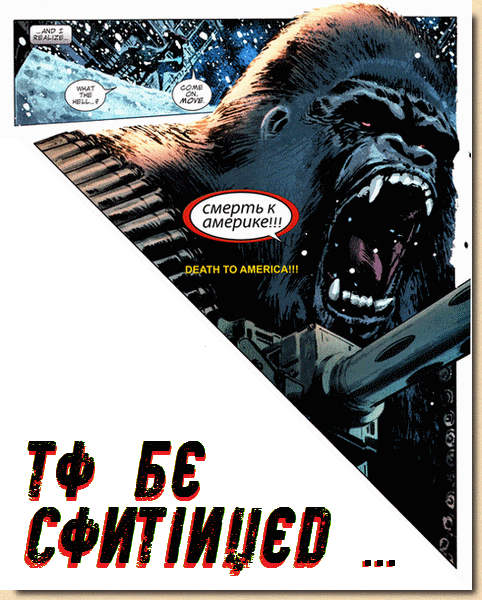 |
||||||
|
||||||
| When first introduced in
the late 1930s and early 1940s, "sidekicks"
were as much a plotting and marketing device as they were
characters in a superhero comic book. Bill Finger, for
example, found it increasingly difficult to write Batman
stories with the hero stuck in thoughts or soliloquy, and
so convinced Jerry Robinson and Bob Kane that the
Darknight Detective needed someone he could talk to
during his missions (Robb, 2014). When Robin the Boy
Wonder made his first appearance in Detective
Comics #38 in April 1940, he wasn't the first
sidekick in comic book history, but by being a young kid
(and later on a teenager) he hit home like no other -
because Dick Grayson allowed young readers to relate to
the stories in a way they had not been able to do so
before. Not only did Batman now have someone to talk and
explain his actions to (which immediately also made him a
less dark and more accessible persona), but
sales of Detective Comics almost doubled
(Robb, 2014). Not surprisingly, sidekicks became something of a must-have for superheroes, and Martin Goodman's business instincts dictated that over at Timely/Marvel the already launched Human Tourch be paired with a young equivalent named Toro in the autumn of 1940 in Human Torch Comics #2. And when Joe Simon and Jack Kirby came up with a patriotic superhero named Captain America (a consciously political creation), he was given his kid sidekick straight off the bat in Captain America Comics #1 (March 1941). |
||||||
|
||||||
| The fights, it seemed, had all been fought and everybody had gone home - until something unexpected happened in 1963. Following a year of sensational success with superhero material, writer/editor Stan Lee and writer/artist Jack Kirby decided it was time to bring back Captain America and introduce him to the wonderous world of Marvel Comics. | ||||||
| From then on, bringing Cap's old sidekick back into stories any way other than as a lingering memory (with bad psychological effects on Steve Rogers) was strictly off limits at Marvel. Some even jokingly say there was a memo from Stan Lee hanging from the main office message board to that effect. If true, it may have faded or fallen off completely by the time the new millennium dawned, or maybe it was simply a new generation of creators who came to Marvel, who brought along their own ideas and really weren't into reading any old memos - because after having been dead and actually stayed dead for all of four decades, Bucky Barnes was finally brought back, in January 2005, in an epic comic book saga which launched volume 5 of Captain America. | ||||||
|
||||||
| To counteract bits and pieces of his memory coming back over time, the Soviets put Bucky in suspended animation for a few years every now and then - which also (rather neatly) explains why he hasn't overtaken Steve Rogers in age. | ||||||
| "Out of time",
which kicked off in Captain America #1 (vol 5) -
cover dated January 2015 but actually published in
mid-November 2014 - was a rip-roaring roller coaster
espionage story which linked both WW2 and the cold war
with the present time. Ed Brubaker's gripping narrative
combined with the moody and brilliant artwork by Steve
Epting and Michael Lark produced a comic book which
rivalled the best of the genre in any media. It all begins with a whole string of increasingly mysterious murders and attacks which all seem to be connected to Cap in one way or another. At the same time, what little evidence is found seems to be pointing to a cold war Soviet assassin of whom nothing is known other than his codename Winter Soldier. As Cap tries to get the bottom of things, he finds himself drifting back in his mind more and more to the days of WW2, and his memories reveal that Bucky played his part in killing enemy soldiers during their battlefront fights. |
||||||
|
||||||
| Captain America #6
was in such demand that it went to a second printing
(although admittedly the original print run of 46.360
wasn't huge by any standards), and sales remained high
for the following issues. Marvel loved it, and so did the
fans. In the end, the transformation from cliché
teen Bucky to gritty adult Winter Soldier was handled so
well that the Marvel Universe gained a new character who
not only was here to stay but also reinforced the
personal drama of Steve Rogers who now found himself in a
dark spot not because of Bucky’s death but rather
because of the life his former sidekick had been forced
to live. The gripping saga unfolded into an ever bigger picture: in true spy-fi fashion Cap uses the Cosmic Cube, a magical device, to restore Bucky's original identity and memories, which brings the Winter Soldier back into the fold of the good guys - however, Bucky still remembers everything he ever did under Soviet control, so now both he and Cap have their personal pain and mental damage to confront. Different yet now so alike, Barnes - albeit reluctantly - takes up the shield when Steve Rogers is killed, becoming the new Captain America. And once again, this transition - which has been tried more times than fans care to remember with Batman - worked against all odds. Brubaker had instilled a characterization into Bucky Barnes which seemingly could hold just about anything together. Although many fans actually hoped that Steve Rogers would stay dead, he of course had to come back any way you turned it, the way comic book conventions (not to even mention movie franchises) work, ultimately to become Captain America once more. This also had the added bonus, in this case, of freeing up the Winter Soldier character again, whom Brubaker took on his own adventures, paired with the Black Widow - another victim of Soviet brainwashing and KGB manipulations - on 1 February 2012 (cover dated April 2012) in his own book, Winter Soldier - all set against the backdrop of growing public and political accusations against Bucky Barnes regarding his former crimes (culminating in his going on trial) which can only be stopped by having SHIELD fake his death and stage a funeral. |
||||||
|
||||||
| The starting point for Winter Soldier, advertised and published by Marvel as a continuous monthly comic book title is summed up on the title splash page of issue #1: | ||||||
|
||||||
| In this debut issue, Bucky
Barnes and Natasha Romanova try to track down three
Soviet soldiers from Project Zephyr. Trained by the
Winter Soldier himself back when he was under KGB
control, they have been forgotten for decades and lying
dormant in stasis tube - suntil now. Someone has
seemingly activated them, and the Winter Soldier and the
Black Widow are sent out to bring them in. Clues gained
from a raid of a Las Vegas casino lead them to storehouse
somewhere in Minnesota, run by the super militant group
known as R.A.I.D. Brubaker takes the reader straight into the centre of the action of an unfolding saga of international intrigue and global threats which hark back to the cold war - just the right setting for both the Black Widow and the Winter Soldier. Artist Jackson "Butch" Guice delivers the dynamic artwork necessary to get this fast paced story on its way, and by pulling pretty much all the stops (from intricate full page compositions to multidimensional panel composition) it all takes off at rocket speed - so much so that Brubaker and Guice even get away with having a genetically mutated Gorilla (who speaks Russian and wields a machine gun) guard the warehouse. |
||||||
|
Winter Soldier #1 (April 2012), page 12 - original artwork by Jackson "Butch" Guice (left, personal collection) and published page (right) |
||||||
|
||||||
| Winter Soldier #1 did comparatively well, being launched with three variant covers and going to a second printing. Overall, it sold an estimated 53.200 copies and ended up in 349th place on the list of 2012's best-selling comic books in the US (which was topped by the centenary issue of Walking Dead with an estimated 353.200 copies sold, according to comichron.com). | ||||||
|
||||||
|
||||||
| One very neat feature of the monthly issues was a "recap page" which laid out the salient points of the story so far and thus brought latecomers up to speed - an aspect many monthly comic books have simply ignored for years by being totally focused on the subsequent publishing format of a collected trade paperback edition. Included was a nice vignette of artwork from the previous issue which set the tone and mood, plus the creator credits and indicia. | ||||||
|
||||||
| Following the usual peak of any first issue, Winter Soldier #2 - launched the same month as issue #1 - did go to a second printing but overall sales were down from 53.200 copies to 43.200 (comichron.com). | ||||||
|
||||||
|
||||||
| The story continues at a
high pace and the creative team (who all at one point
previously all worked together on Brubaker's highly
successful Captain America run) continue to be in
command, pushing a dark and gritty espionage story into
what seems like an entire maze of twists and turns -
including possibly rethinking the position of well
established villains such as Doctor Doom. The swift storytelling is transformed into images which reek of dynamic action and are dipped in dark shadows courtesy of the pencils of Jackson "Butch" Guice and the inks of Stefano Gaudiano, Brian Thies and Guice. |
||||||
|
Winter Soldier #3 (May 2012), page 18 - original pencils by Jackson "Butch" Guice (left, personal collection) and published page (right) |
||||||
| Jackson "Butch" Guice (*1961) broke into the big publishing names comics industry with Marvel's highly successful toy spin-off title Micronauts, which he pencilled from issue #1 (January 1979) up until issue #58 (May 1984). His prolific and varied work includes the 1984 Marvel Comics adaptation of Indiana Jones and the Temple of Doom, X-Factor and The New Mutants (1986), Iron Man (1988), Doctor Strange, Sorcerer Supreme (1989), Nick Fury: Agent of S.H.I.E.L.D. (1991) and Iron Man (2007) for Marvel, and post-Crisis Flash (1988), Action Comics (1992-1995, including the "Death of Superman" storyline) and other titles for DC. His work for independent companies includes Ruse at CrossGen (2000-2004). Butch Guice joined the Captain America creative team in 2008 as inker for issues #32-34 before taking on the full artwork for issues #35-48, #600 (as the title reverted to its original numbering), #602-610 and then Captain America Reborn #1-6 (2009-2010). | ||||||
| In spite of the artistic quality presented in its pages, Winter Soldier was slipping in the sales department - the number of copies sold for issue #3 was down from 43.200 for the previous issue to 36.700 (comichron.com). | ||||||
|
||||||
|
||||||
|
||||||
|
||||||
|
||||||
|
||||||
| The first story arc of Winter Soldier ends (and heads on into the next arc) as the Winter Soldier and the Black Widow join forces Doctor Doom and take out (and kill) the Red Ghost and his genetically mutated killer apes as well his sleeper agent. The badly wounded former Latverian prime minister is held for interrogation, making this covert black ops mission a success. However, one of the awoken sleepers is still unaccounted for... | ||||||
|
||||||
|
||||||

